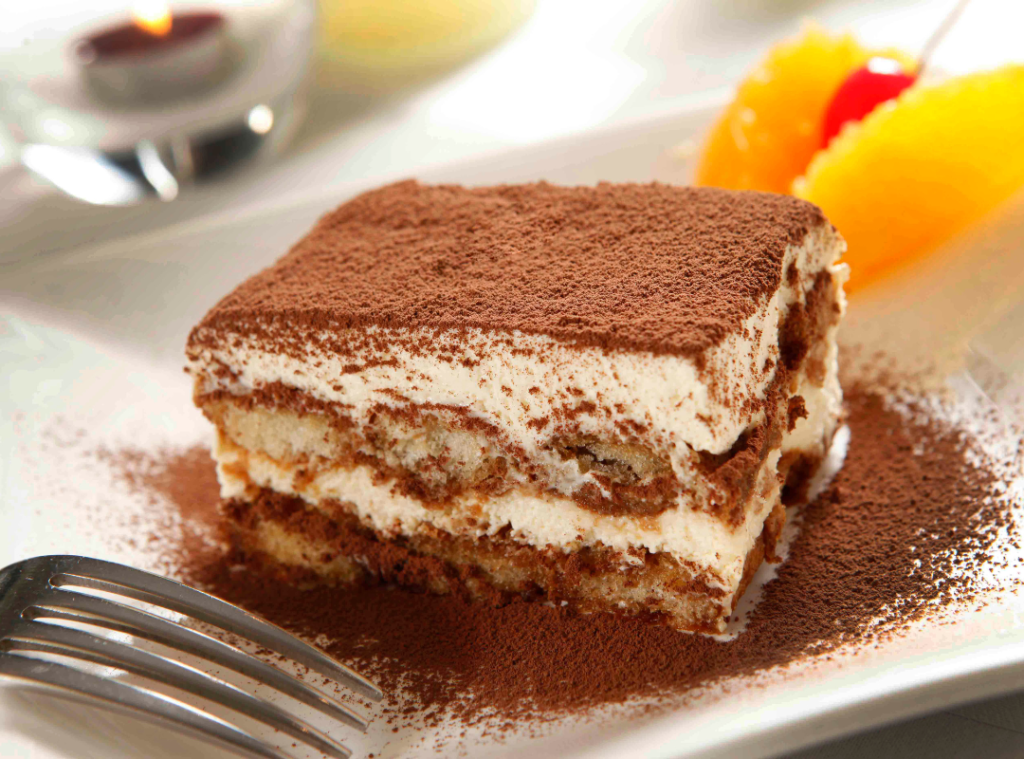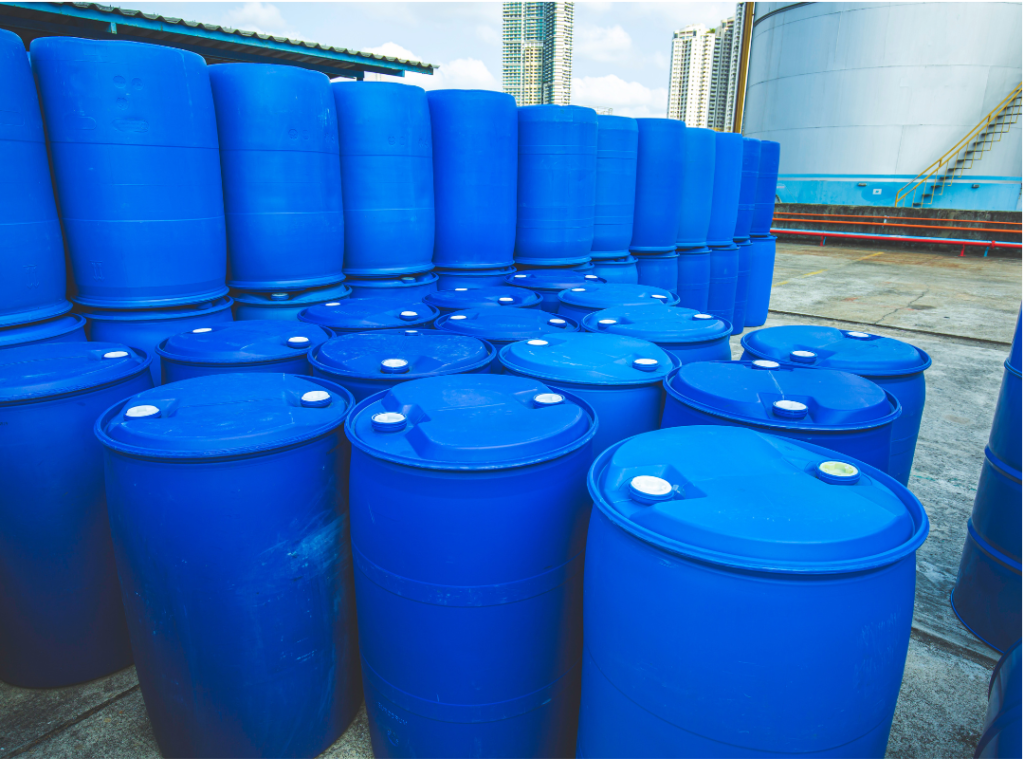What is Lecithin?
Lecithin is an amphoteric emulsifier with lubricating and emulsifying properties. It is a mixture of phospholipids found in oils. This chemical is primarily used in the food industry as a type of preservative and food additive known as edible lecithin. While lecithin exists in various substances, the lecithin used as a food additive is usually derived from soybeans and egg yolks. Edible lecithin acts as a moisturizing agent and a texture enhancer, allowing for easier separation of materials from molds. This substance can be found in either a thick liquid form or as a powder. When freshly produced, its color is almost white, but it quickly turns brown when exposed to air. It is either odorless or has a faint oily smell.
Packaging: 250 kg drum
CAS NO: 93685-90-6
Formula: C₄₂H₈₀NO₈P


Uses of Lecithin
Lecithin exists in two forms: liquid lecithin and solid lecithin. The liquid form is used in chocolate, cakes, biscuits, and margarine. Granulated lecithin has dietary supplement applications, while powdered lecithin combines with other powdered products such as bread improvers and is water-dispersible.
The use of lecithin goes beyond traditional applications in colors, chocolate, and margarine. Food technicians utilize lecithin as a functional agent in many modern systems. Its multifunctional properties and “natural” status make it ideal for commercial food products.
Currently, lecithin is recognized in the medical field as an important agent for improving neurological disorders and may also lead to positive changes in cholesterol levels, chemotherapy effects, and circulatory factors. Additionally, lecithin is used in various industrial and non-food applications, such as pigment dispersion, mold release, and animal feed. The main commercial source of lecithin is from the processing of soybean oil.


